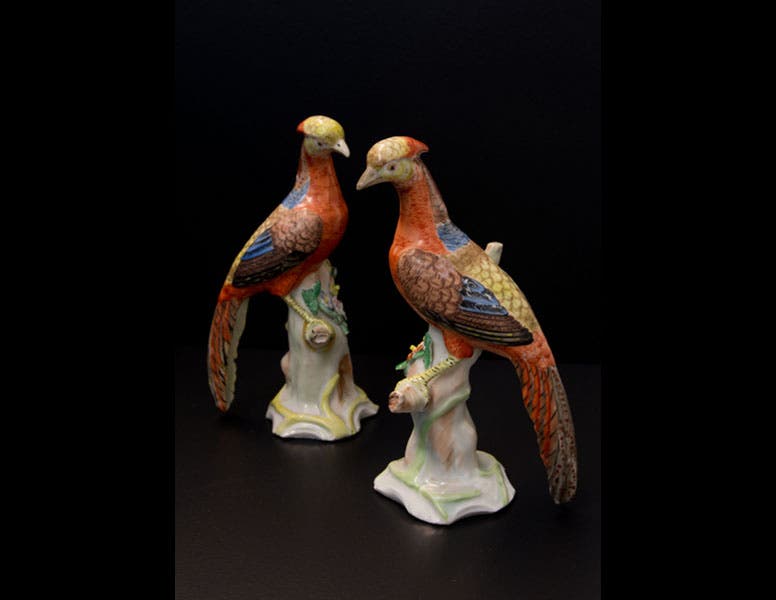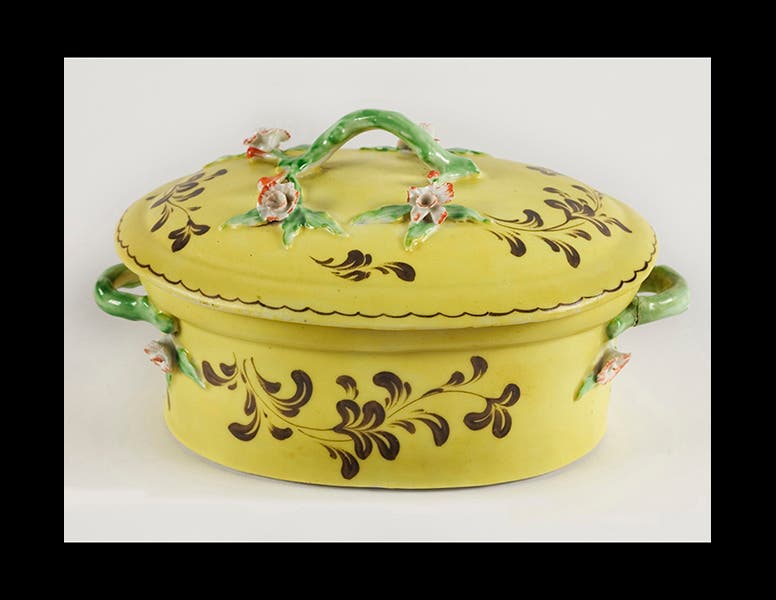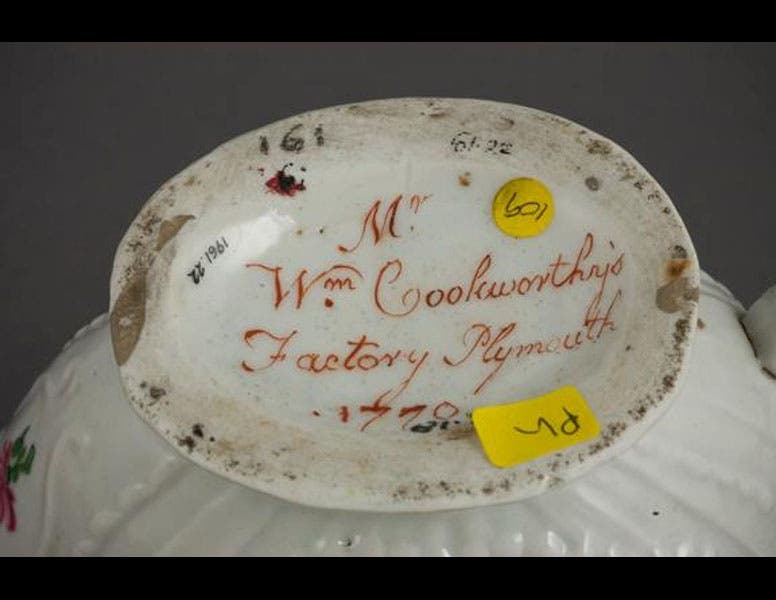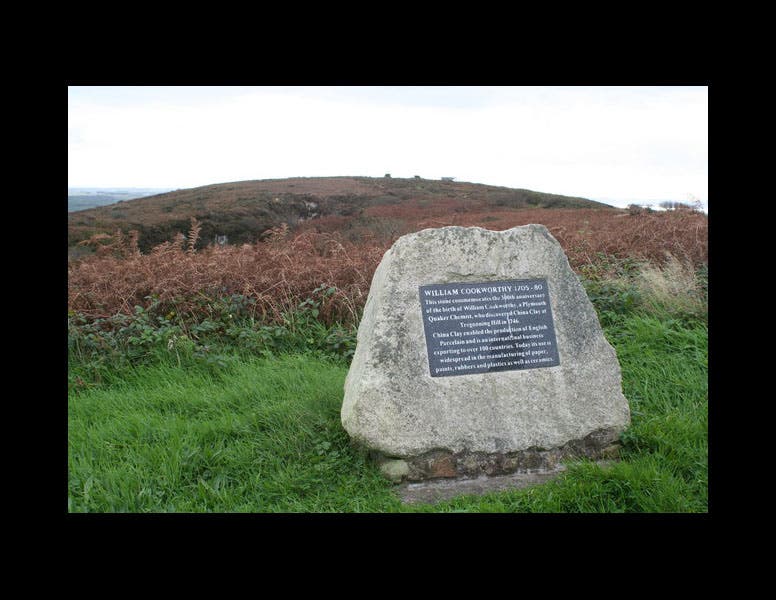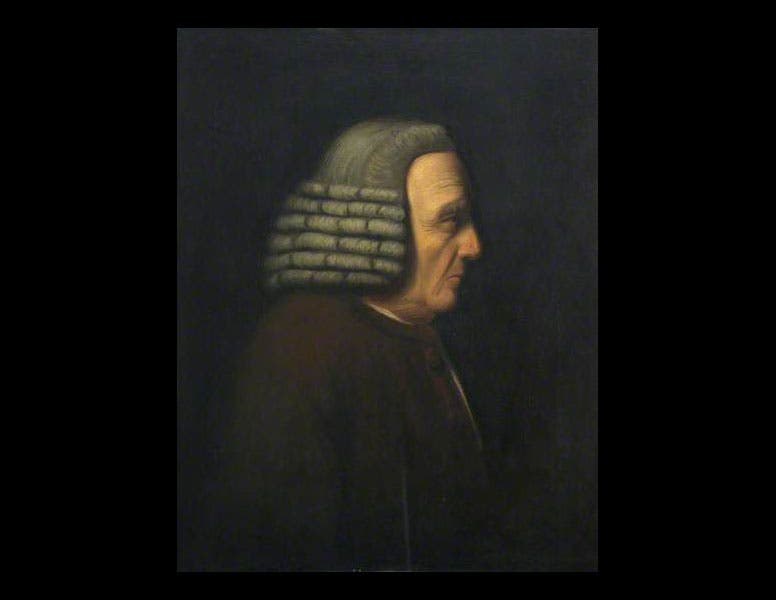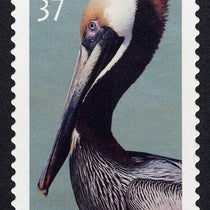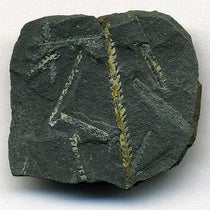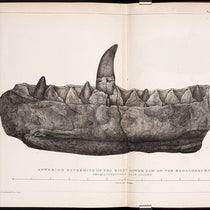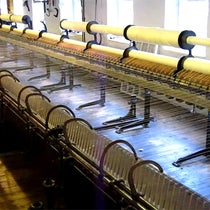Scientist of the Day - William Cookworthy
William Cookworthy, an English pharmacist and manufacturer, was born Apr. 12, 1705. Cookworthy is an excellent example of a big fish excelling in a small pond; he wasn't much known in London or Oxbridge, but in Plymouth, on the southwest coast of England, he was the MAN. When John Smeaton was engaged from 1756 to 1759 in rebuilding the Eddystone Lighthouse, just offshore from Plymouth, he stayed in Cookworthy's home, to Cookworthy's great delight. When Lt. (not yet Capt.) Cook and Joseph Banks were looking for their last taste of English hospitality before sailing off to Tahiti in 1769, they found it at Cookworthy's dinner table--and they must have found the encounter agreeable, for they stopped in again for dinner on the way back in 1771 (perhaps Cook just liked being in the presence of a man who was Cook-worthy).
Cookworthy does have a real claim to fame, however, beyond the rub-off variety. Sometime around 1748, Cookworthy discovered how to make true porcelain--more precisely, he discovered a source in Cornwall for China clay (kaolin) and China stone (petunse), the two essential ingredients in the manufacture of porcelain, and he learned how to achieve the high kiln temperatures necessary to fire it. It took him 20 years to acquire a patent, since the Staffordshire potters were not at all in favor of losing business to Devonshire, but in 1768, he got his patent, and he established the Cookworthy Porcelain factory in Plymouth.
The factory had some start-up problems and was forced to move to Bristol in 1770, and eventually to Staffordshire, but for a few years, it turned out the only true porcelain in England, and many specimens still survive. The Plymouth City Museum and Art Gallery has nearly 500 pieces, and some of these are (or were) on loan to the Kingsbridge Cookworthy Museum (Cookworthy was born in Kingsbridge) for an exhibition celebrating the 250th anniversary of the founding of the Plymouth porcelain factory.
The images show: Porcelain birds from the Cookworthy factory; a Cookworthy covered dish; the inscription on the bottom of a piece of Cookworthy porcelain; a memorial stone at the site in Cornwall where Cookworthy discovered the first China clay; and Cookworthy’s portrait in the Plymouth City Museum.
Dr. William B. Ashworth, Jr., Consultant for the History of Science, Linda Hall Library and Associate Professor, Department of History, University of Missouri-Kansas City. Comments or corrections are welcome; please direct to ashworthw@umkc.edu.


